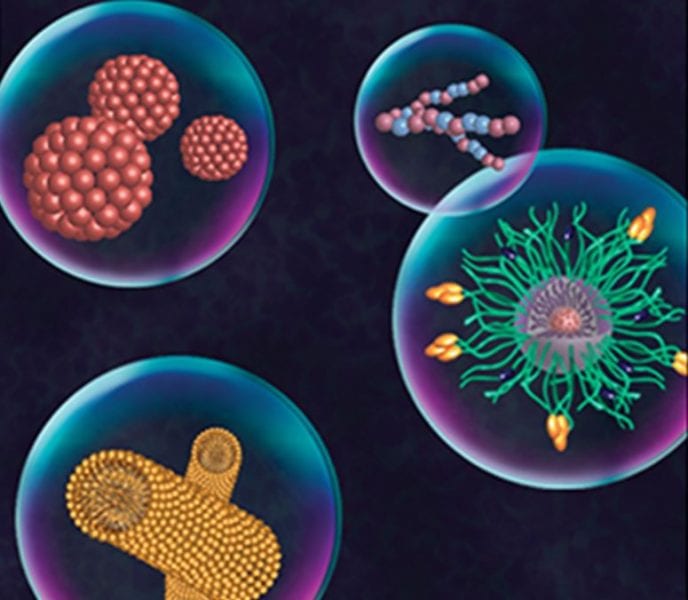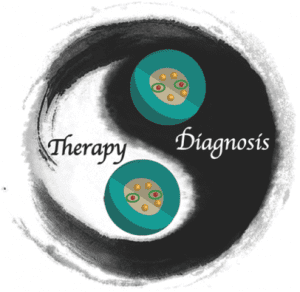Don’t miss out on your free access to this special issue dedicated to the 65th birthday of Prof. Kazunori Kataoka, a pioneer of polymer-based drug delivery.
This special issue of Macromolecular Bioscience is dedicated to the 65th birthday of Prof. Kazunori Kataoka, a world leader in polymer chemistry with an impressive history in the field of biomedicine. He developed nanocarriers for targeted drug and gene delivery, encapsulating guest drugs within a micellar carrier – work which has reached international clinical trials and is close to real application for cancer therapy.
Interested in drug delivery research? At the University of Tokyo, the Kataoko–Kinoh lab is still producing top research on drug and gene delivery. This special issue, dedicated to its managing director, is still free to access until the end of 2017. Take the opportunity for free access now, and check out this Macromolecular Bioscience special issue. Here is a hint of what awaits you:
Physico-Chemical Strategies to Enhance Stability and Drug Retention of Polymeric Micelles for Tumor-Targeted Drug Delivery
 This feature article by Wim E. Hennink and co-workers, already selected by the editors as one of the top articles for 2017 from the Macromolecular journal family, focuses on the use of polymeric micelles for the tumor-targeted delivery of hydrophobic anti-cancer drugs. It covers decades of research on polymeric micelles, including those which have successfully entered the clinic, and offers a perspective on their optimal exploitation for future therapeutic opportunities and clinical translation.
This feature article by Wim E. Hennink and co-workers, already selected by the editors as one of the top articles for 2017 from the Macromolecular journal family, focuses on the use of polymeric micelles for the tumor-targeted delivery of hydrophobic anti-cancer drugs. It covers decades of research on polymeric micelles, including those which have successfully entered the clinic, and offers a perspective on their optimal exploitation for future therapeutic opportunities and clinical translation.
Cell-Based Biohybrid Drug Delivery Systems: The Best of the Synthetic and Natural Worlds
Ashutosh Chilkoti and co-workers describe the successes and failures of the manifold biohybrid nano- and microparticles developed recently for drug delivery, in terms of their ability to overcome biological barriers and premature clearance from the body to deliver their guest therapeutics, while avoiding undesirable side effects. Their review includes the use of stem cells, red blood cells, immune cells, platelets, and cancer cells, as well as synthetic particles cloaked with naturally derived cell membranes for stealth and for the targeting of specific tissues within the body.
Molecular Cancer Imaging with Polymeric Nanoassemblies: From Tumor Detection to Theranostics
Imaging modalities for the detection of cancer and its pathological activity are the topic of this review by Horacio Cabral and co-workers, throwing a spotlight on the role of biocompatible polymeric nanoassemblies in cancer diagnosis and theranostics. They work by enhancing the selectivity and sensitivity of the imaging technique, but can also be used to simultaneously deliver therapeutic agents, demonstrating their potential to study biological pathways and pathological information to monitor therapeutic effects and help guide the therapy.




















